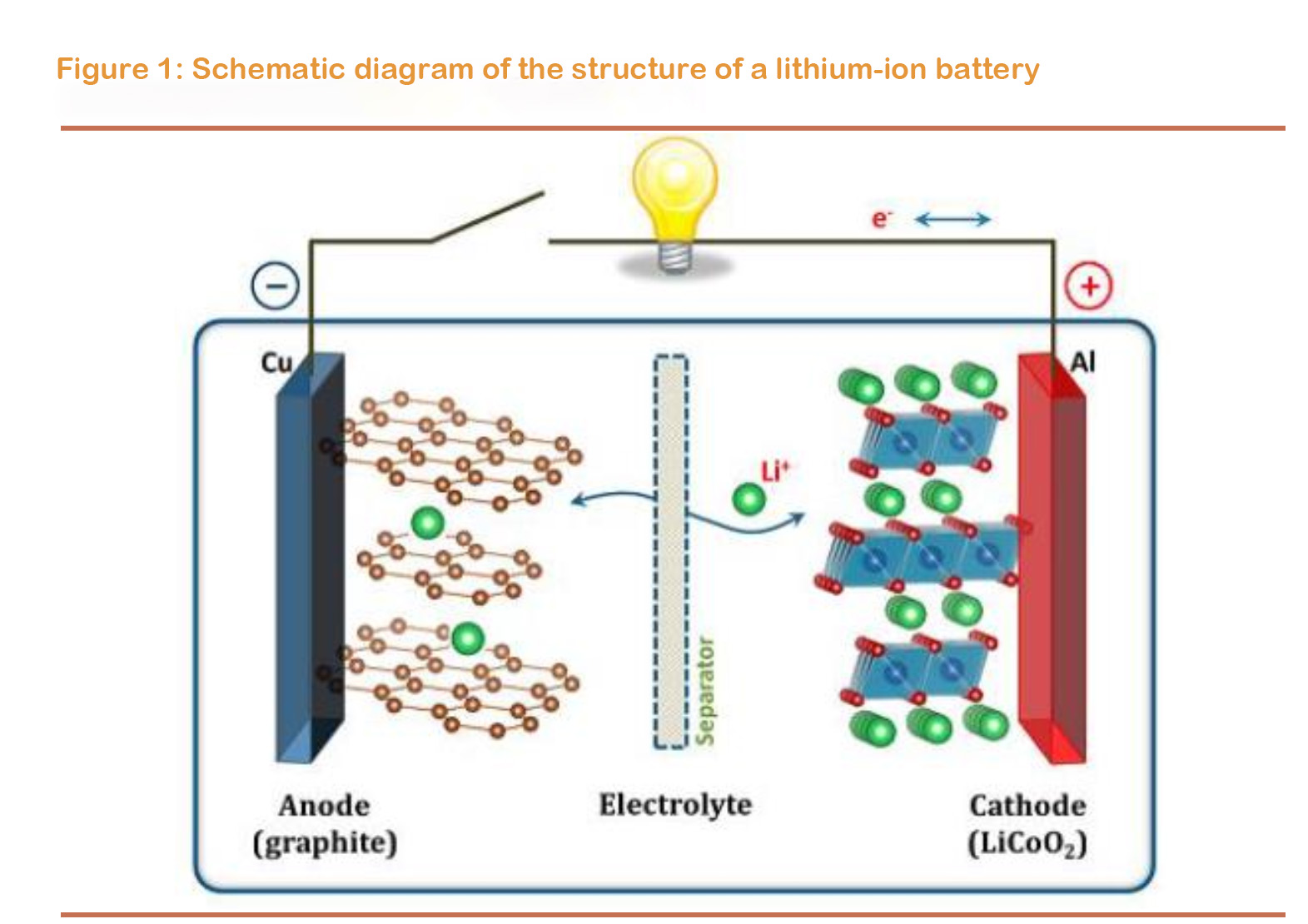Latest New battery
Oxygen Sensors GO-03 M-03 OOM202-1 M-11 For Sophin,UNMED
We have equipment and consumables for inspection, ventilator, anesthesia machine, monitor, ultrasound imaging, power system, etc
The brands involved are well-known brands at home and abroad, Please contact us in time if you need. With respect to you and best wishes.
GE 1505-3062-000 FILTER BOWL WITH O-RING HPO2 by Datex-Ohmeda
We have equipment and consumables for inspection, ventilator, anesthesia machine, monitor, ultrasound imaging, power system, etc
The brands involved are well-known brands at home and abroad, Please contact us in time if you need. With respect to you and best wishes.
Replaces Draeger Inc. MU12609 GROMMET, TRANSLUCENT THERMOPLASTIC RUBBER, MEETS FDA
We have equipment and consumables for inspection, ventilator, anesthesia machine, monitor, ultrasound imaging, power system, etc
The brands involved are well-known brands at home and abroad, Please contact us in time if you need. With respect to you and best wishes.
8608930 Drager Diaphragm Membran For Primus By Draeger INC
We have equipment and consumables for inspection, ventilator, anesthesia machine, monitor, ultrasound imaging, power system, etc
The brands involved are well-known brands at home and abroad, Please contact us in time if you need. With respect to you and best wishes.
8607054 BREATHING SYSTEM PNEUMATICS HOSE by Draeger Inc
We have equipment and consumables for inspection, ventilator, anesthesia machine, monitor, ultrasound imaging, power system, etc
The brands involved are well-known brands at home and abroad, Please contact us in time if you need. With respect to you and best wishes.
2601222 Replaces Draeger Inc. MS22148 DRAEGER COMPATIBLE IBP ADAPTER CABLE BD CONNECTOR BAG OF 1
We have equipment and consumables for inspection, ventilator, anesthesia machine, monitor, ultrasound imaging, power system, etc
The brands involved are well-known brands at home and abroad, Please contact us in time if you need. With respect to you and best wishes.
New For VELA Respirator oxygen pressure control valve 2021 mouse valve EV-3M-24V R701 valve
New 884101 2087478-001 For GE Ventilator lung function test tube vital capacity sampling tube 3m
New For Nihon Kohden Defibrillator electrode pads P-744A disposable adult electrode pads suitable for defibrillator AED-3100
New For EDAN SE-18 ECG machine USB acquisition box data connection cable
New For Mindray PM9000 PM8000 PM7000 MEC1000 MEC2000 Power Board
New Original For Drager blood oxygen extension cable MS18683
FEATURED PRODUCTS
New battery For FIAMM 12FLB100P 12FLB200P 12FLB300P 12FLB350P 12FLB400P 12FLB300 12FLB350 12FLB400 Series Lead-acid battery
New battery For FIAMM 2SLA500/550/600/650/810/1005/1500 12SL80L 6SLA200L Series battery
New battery For FIAMM VR170 VR680 VR760 VR800 VR900 VR950 Series battery
New battery For Haulotte 24VeMCX250AHu Series power battery
New battery For HUADA HAWKER EV48-20 EV48-30 EV48-80 EV24-40 EV24-120 EV24-200 AX12-75 Series power battery
New battery For Powersafe 12V30F 12V38F 12V62F 12V92F 12V100FC 12V101F 12V125F 12V155FS 12V170FS 12V190F Series battery
New battery For Powersafe SBS J13 SBS J16 SBS J30 SBS J40 SBS J70 Series battery
New battery For RENOGY RNG-BATT-AGM12-100 AGM12-200 GEL12-100 GEL12-200 Series battery
OUR LATEST News & Events
How big is the battery foil market demand?
Battery foils are mainly used as current collectors in the positive and negative electrodes of lithium batteries and sodium batteries, which have an important impact on battery performance. The internal resistance of lithium-ion batteries directly affects the battery
The reliability and cycle life of the battery depends not only on the four main materials of the battery, but also on the current collector. The current collector is not only the carrier of active substances, but also the
The generated current is collected by the conductor, which can form a larger current and improve the charging and discharging efficiency of the lithium battery. According to the actual survey data, each GWh ternary battery requires electricity
The pool foil is 300-450 tons, and each GWh lithium iron phosphate battery needs 400-600 tons of battery aluminum foil.
In the field of sodium batteries, since aluminum is less reactive than sodium, sodium ions do not react with aluminum foil at the negative electrode, and aluminum foil is used as a current collector for both positive and negative electrodes. Due to the negative set
The demand of aluminum foil for fluid is higher than that of positive electrode. It is estimated that each Gwh sodium battery requires 700-1000 tons of aluminum foil, which is more than twice that of lithium battery.
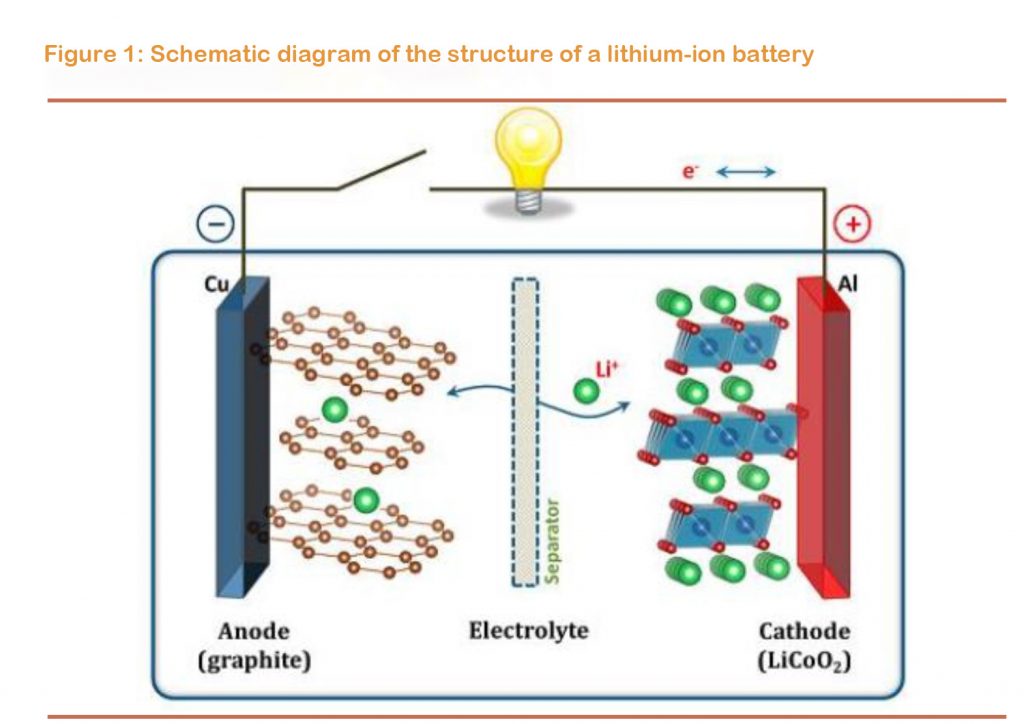
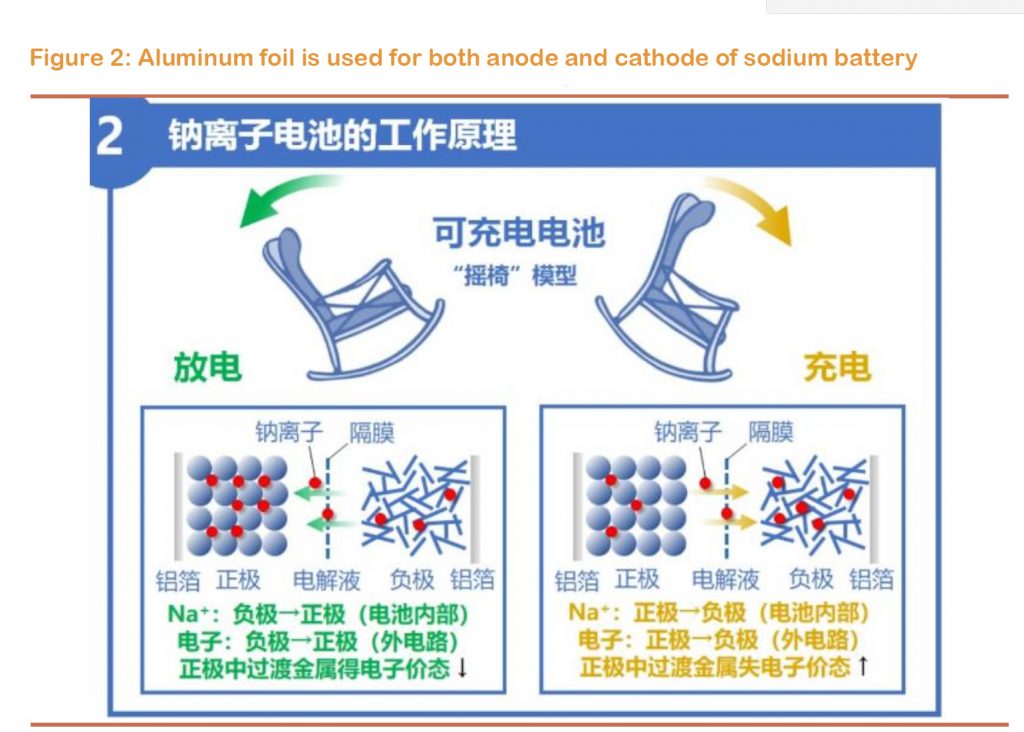
8 reasons for the loss of laptop batteries
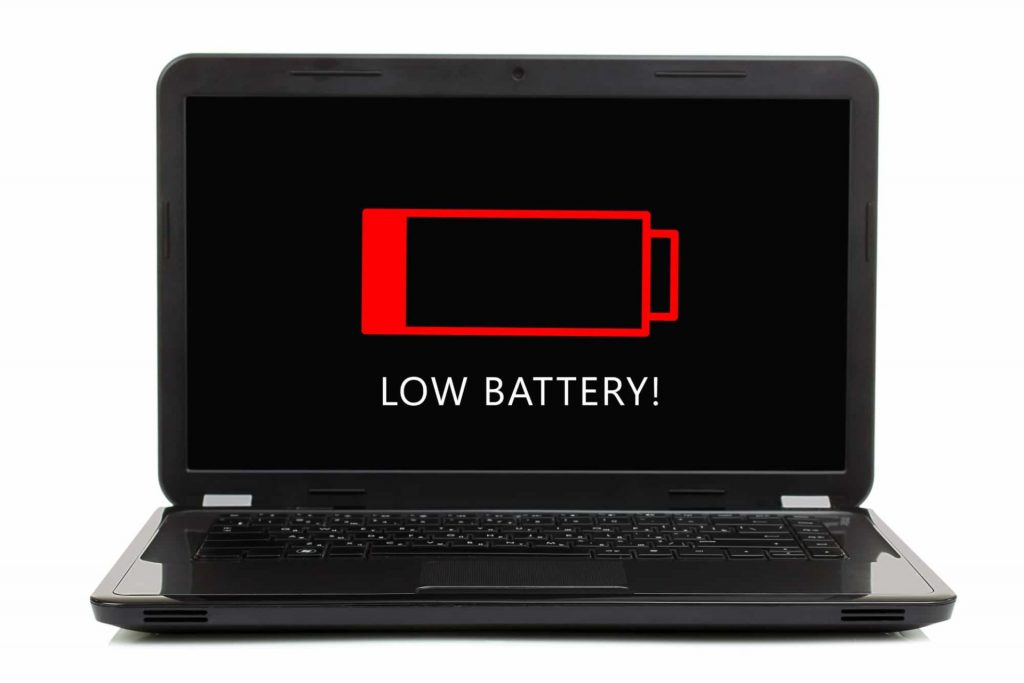
- The battery itself is of poor quality
- Use low-quality chargers
- Long time operation in high temperature or low-temperature environment
- The battery is connected to high-load peripherals, and the plugging is not standardized.
- Excessive charging and discharging (the remaining power of the battery is less than 3%). The circuits are protected, but it happens occasionally.
- Incomplete charging and discharging (not to recharge after using up, but to use and recharge if you want)
- Long-term use of the battery in strong electromagnetic radiation (will interfere with the conductivity of the metal in the battery)
- Long-term use of batteries in humid conditions (wet batteries will reduce performance)
For Windows 8 and above, you can enter powercfg /BatteryReport in the command prompt to view battery usage and consumption, or you can use hardware detection software (such as Everest) to see, and sometimes false alarms.
The structure and working principle of lithium ion battery
Lithium ion battery refers to a secondary battery composed of two compounds that can reversibly insert and extract lithium ions as the positive and negative electrodes. People call this kind of lithium ion battery with a unique mechanism that relies on the transfer of lithium ions between the positive and negative electrodes to complete the battery charging and discharging work.
“Rocking chair battery”, commonly known as “lithium battery”.
Lithium batteries usually have two appearances: cylindrical and square. The inside of the battery adopts a spiral wound structure, and a very fine and highly permeable polyethylene film separator is used to separate the positive and negative electrodes. The positive electrode includes a current collector composed of lithium cobalt oxide (or lithium nickel cobalt manganate, lithium manganate, lithium iron phosphate, etc.) and aluminum foil. The negative electrode is composed of a current collector composed of graphitized carbon material and copper foil. The battery is filled with an organic electrolyte solution. In addition, a safety valve and PTC components (partial cylindrical use) are also installed to protect the battery from damage when the battery is abnormal and the output is short-circuited.
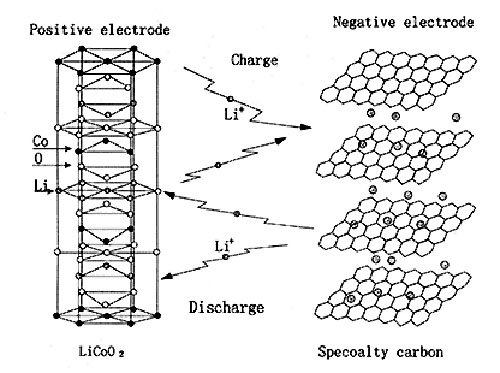
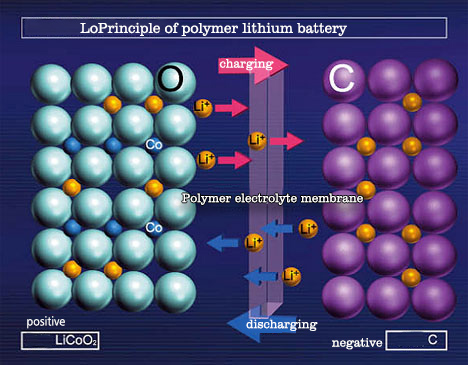
The voltage of a single-cell lithium battery is 3.7V (3.2V for lithium iron phosphate anode), and the battery capacity cannot be infinite. Therefore, single-cell lithium batteries are often processed in series and parallel to meet the requirements of different occasions.
The internal structure of laptop battery and battery DIY
Notebook computer batteries are generally composed of casing, battery pack, charge and discharge control and protection circuits (to prevent overcharging and overdischarging).
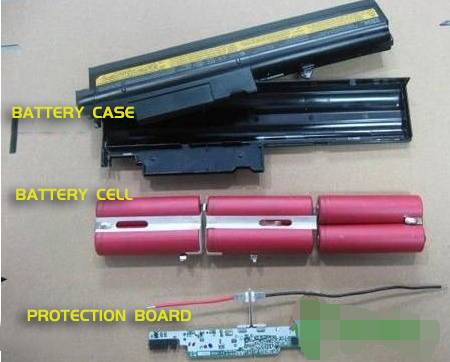
Let me talk about the battery pack, which is the core component of the laptop battery. Generally, laptop battery cell use 10.8V or 11.1V, and a single battery cannot meet the requirements. Therefore, laptop batteries are battery packs composed of multiple single cells in series and parallel (as shown in the figure, two groups of 3 are connected in series and connected in parallel. Battery pack). As for the 3300mAh, 4400mAh, etc. that you often see in the battery shell, it refers to the battery capacity. It indicates that the current can be used for one hour when discharging the battery. For example: a 4400mAh lithium battery can be discharged at a current of 4400mA for one hour . So the larger the value, the better proof that it can work for longer.










































